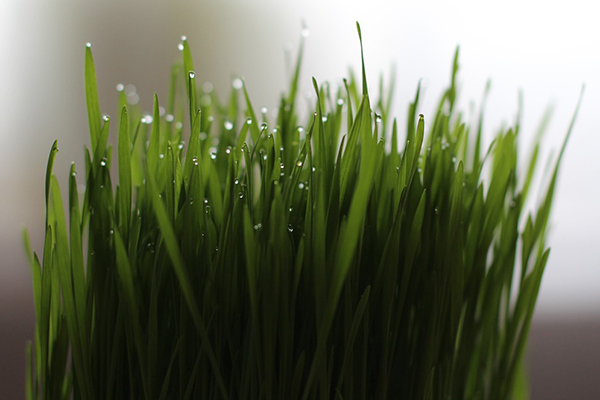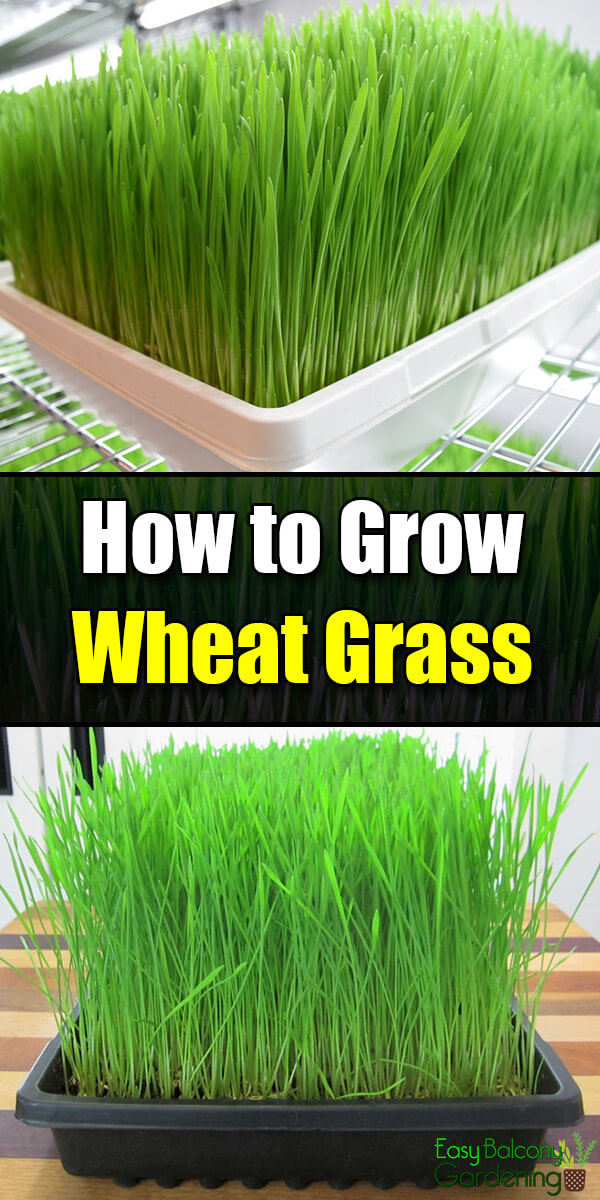Grow your own wheatgrass in containers and you can likewise make your own wheatgrass juice. Actually, you can use it as food or as drink and the health benefits are numerous.
Growing Wheatgrass in Containers
If you are a beginning wheatgrass gardener, it is best if you choose containers with good drainage holes. Once you have learned how much water to use, the only requirement left is that the container be at least four inches deep.
- Be selective about purchasing your wheat seeds. Buy only wheatgrass seeds that are specifically grown for sprouting. You are chancing the ingestion of fungicide if you buy just any agricultural seeds.
- Pre-sprout the wheatgrass seeds by soaking them in water about three times ithe seeds’ volume and let sit for about 12 hours. If you think the seeds are not sprouting, add a little amount of houseplant food.
- Fill the container with pre-moistened potting mix, leaving one inch of headspace. (Never use yard or garden soil for your wheat grass to avoid any possible infestation.)
- Carefully sprinkle some of the wheat seeds on the top of the container taking care to leave some space between the seeds. You do not want them to overlap!
- Press the seeds into the soil and cover with a thin layer of the potting mix. Water lightly.
- Place a thin layer of peat moss to keep the soil moist. Do not add any fertilizers or pesticides.
- Locate your newly planted wheatgrass in a dark, warm place.
- In three to four days, when the sprouts begin to emerge, relocate the container to a sunny place. The sunlight will help your sprouts develop more chlorophyll as well as keep them short and sturdy. Remember to keep the soil moist.
- In another four to five days, the sprouts will be about seven inches tall. They will be just right for juicing and also be the right height to make a nice centerpiece for your table.
- If you start a new container of wheatgrass every week (plant on different days), you will have a continuous supply of wheatgrass.
- In approximately 14 to 20 days, your sprouts will wither. They are a welcome addition to your compost pile, so do not discard them!.
- Wheatgrass can be grown all seasons of the year. In the winter, move them indoors.
Mold on Wheatgrass
Do not be alarmed if you observe some mold on your wheatgrass. It is not toxic to you. However, to remove the mold, you need to wash the shoots very carefully and let them dry in the sun. Your sunny windowsill is a good place. Once completely dry, you can then put some undiluted vinegar in a spray bottle. Spray the shoots and allow to air dry. Repeat the process every two days until the mold is all gone.
Reported Benefits of Wheatgrass
Wheatgrass proponents have attested to the following benefits of wheatgrass when used as part of the regular diet:
- Helps with keeping the digestive system healthy
- Aids constipation
- Detoxifies pollutants from the bloodstream
- Assists in problems with menopause
- Promotes general health.
Wheatgrass has also been reported as an aid to prevent cancer, heart disease, and diabetes.








